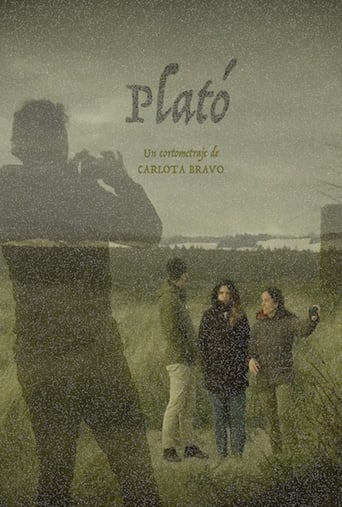
14 Nov 2022

Plató
No overview found
A look at the obsessive urban male Japanese society.
A documentary that explores the life styles of various otakus in Japan. Various interviews are given to selected otakus who express how interesting it is to be an otaku as oppose to not being one at all. Along with various shots of various Japanese city landscapes and the inside of an average otaku home from rooms filled with videos, models, and the latest in technology.

Herself
Herself
Himself
Himself
Himself
Himself
Himself
Himself
Himself
Himself
Herself
Himself
Himself
Himself
Herself
Herself
Himself

14 Nov 2022

No overview found
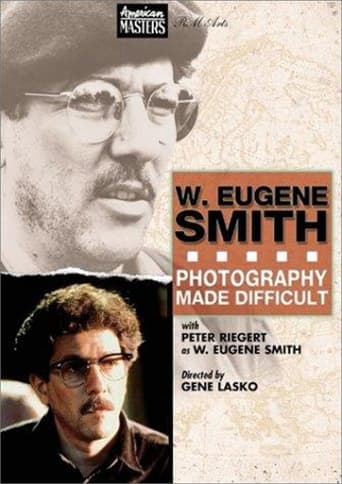
25 Sep 1989

The war in the South Pacific, a country doctor in Colorado, victims of industrial pollution in a Japanese village — all were captured in unforgettable photographs by the legendary W. Eugene Smith. This program showcases over 600 of Smith’s stunning photographs and includes a dramatic recreation in which actor Peter Riegert (Crossing Delancey, Local Hero) portrays the artist using dialogue take from Smith’s diaries and letters. Interwoven through the program are archival footage and interviews with family and friends of this brilliant, complicated man, whose work developed from twin themes of common humanity and social responsibility.

07 Aug 2015

An Irish doctor survived the atomic bomb attack on Nagasaki and was given a Samurai sword for the lives he saved. 70 years later his family searches for the origin of their father's sword.
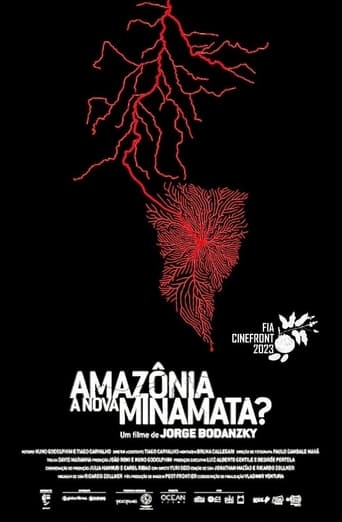
20 Oct 2022

No overview found

20 Dec 2017

Twice Debut Showcase "Touchdown In Japan" is Twice's first debut showcase concert in Japan. It took place in Tokyo Metropolitan Gymnasium in Japan and 2 shows had took place in 1 day.
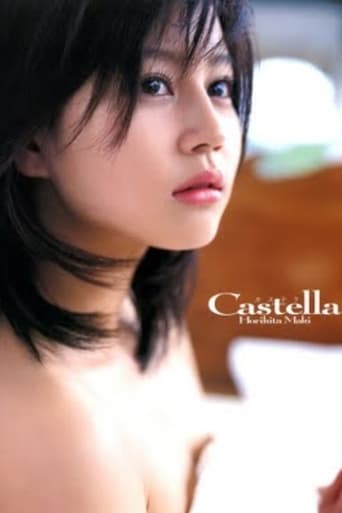
01 May 2006

Documentary about the photo session for the photobook "Castella", filmed in Portugal.
01 Jun 2012
The Japanese population’s reaction to the catastrophe of March 2011 has been described as “stoic” by the Western media. The Japanese code of conduct is indeed deeply rooted in their Buddhist traditions, and young filmmakers Tim Graf and Jakob Montrasio observe in detail what this means for the people and their religion. At graveyards, in temples, at monasteries and with families, they question the impact this triple affliction has had on the lives and beliefs of the inhabitants. How deeply do their beliefs affect their grieving? What role do the monks play in assisting people with their grief? And, what effects has this enormous catastrophe had on their religious rituals? SOULS OF ZEN inserts the events of March 2011 into the context of traditional Zen Buddhism, examining Japan’s religiousness and the beliefs of those practising it at a crucial turning point.
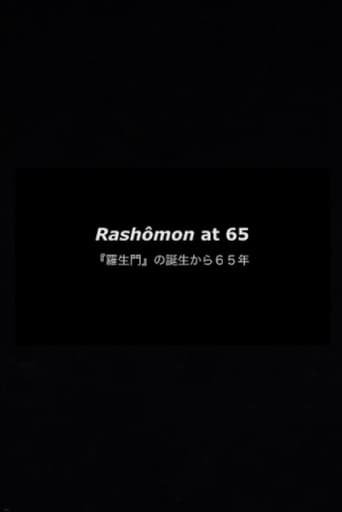
21 Sep 2015

A short documentary visiting some of Rashômon’s key locations, featuring interviews with former staff from the Daiei-Kyoto Studios.
05 Jan 2001
This one-off TV special follows the exploits of camp comic Graham Norton on a visit to Tokyo. Staying with a Japanese family, he explores the city's seedy side, visits the home of a famous Japanese make-up artist, and has an embarrassing experience with an electronic toilet/bidet.
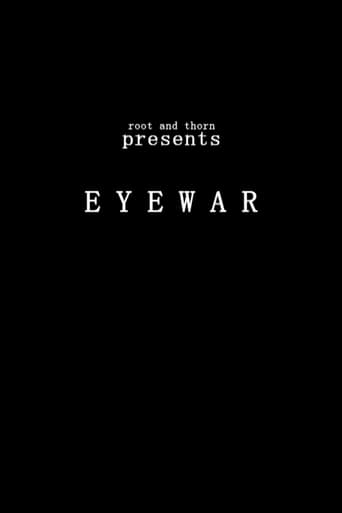
15 Oct 2013

What threads of history bind Manhattan's Ground Zero to those of Nagasaki and Hiroshima? Or connect sight to truth, games to war, or the silkworm to the drone? What does the United States hold to be the role of science in warfare? How has war historically been waged in Buddhist traditions? These are some of the topics addressed in Eyewar: 80 minutes of found footage which traces the development of the digital image from the maps of the second century to the screens of the twenty-first, and the uses of the field of cybernetics from Japan in the 1940s to Chile in the 1970s and Iraq in the 1990s.
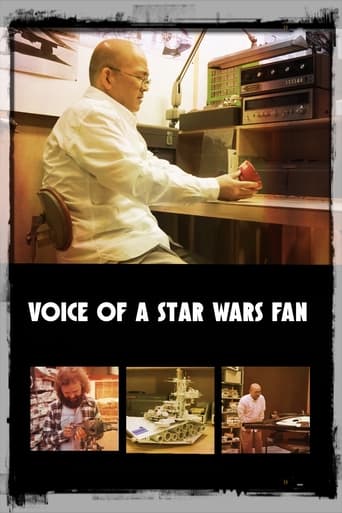
27 Nov 2023

A fan of the Millennium Falcon seeks to understand how the ship was made, tracing all of the parts and pieces of the model - from heat sinks, fans, and L'eggs containers.
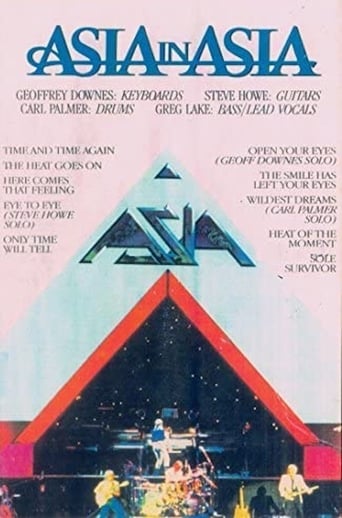
05 Jun 1983

A recording of Asia's highly publicized concert at the Budokan in Japan. Songs performed include "Time and Time Again," "The Heat Goes On," and "Here Comes That Feeling."
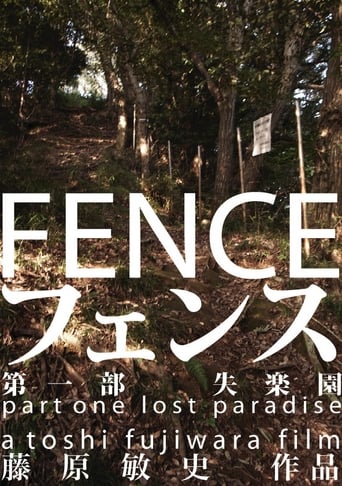
01 Jan 2008

Before World War II, Ikego village was an idyllic agriculture community. The Imperial Navy took over the village and the hills to build the largest ammunition preserve in Asia. When Japan lost, these facilities were taken over by the US Navy, and are now housing for the American soldiers.

18 Jun 2009

Everyone in Japan knows his work, yet few recognize his face. Chris Mosdell, British expatriate, pop lyricist, poet and visual artist, during his 30-year residence in Tokyo has written chart-topping hits with some of Japan's most influential musicians and composers, penned lyrics to anime film scores, and run with the multimedia underground of that city's avant-garde. Ink Music: In The Land Of The Hundred-Tongued Lyricist is a 90-minute documentary film detailing those artistic relationships in the expansive career of artistic word-smith, Chris Mosdell. Shot in HD on-location in Tokyo and Fukui, Japan, and New York City, USA, the film highlights Mosdell's rise from obscure expatriate bohemian poet to renowned lyricist for Japan's biggest band ever, Yellow Magic Orchestra (YMO). The story is told through exclusive interviews. Tokyo itself also figures into the narrative as a major character, featuring copious clips of original footage from inside the city that inspires Mosdell's work.
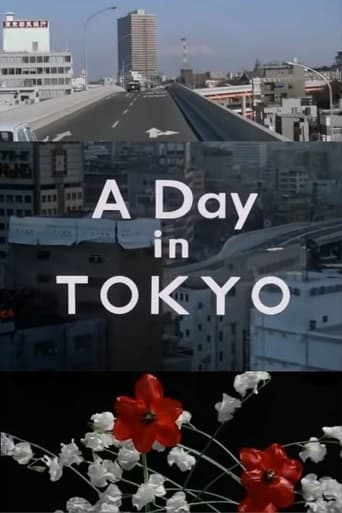
01 Jan 1968

A Day in TOKYO in 1968, Nostalgic bygone era. Planned by Japan National Tourism Organization. Produced by Koga Production. This film was produced to explain Tokyo for foreign tourists.
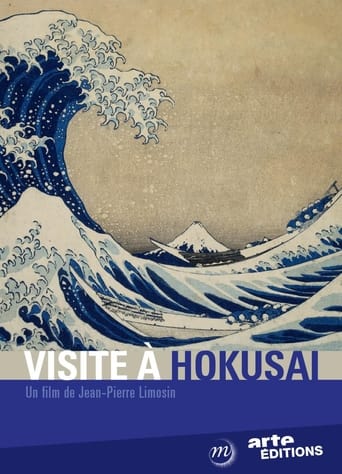
21 Oct 2014

A look at the work of Japanese woodblock printing artist Katsushika Hokusai (1760-1849).
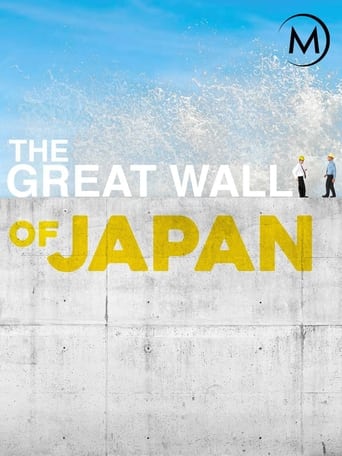
01 Jan 2018

After the disaster of March 2011, the Japanese authorities decided to build a gigantic 15 meter high, 500 kilometer long, anti-tsunami wall, separating the land and the ocean. But what is the environmental and human impact of this wall? The population is divided on their opinion: should they cut the island off from the sea or stay vulnerable to tsunamis? Is there another way?

30 Jan 2018

At the turn of the 19th and 20th century Finnish philologist G. J. Ramstedt travelled around Mongolia and Central-Asia. In this documentary Ramstedt’s memoirs are heard in the modern day setting, where tradition is replaced with hunger for money, and deserts give way to cities.
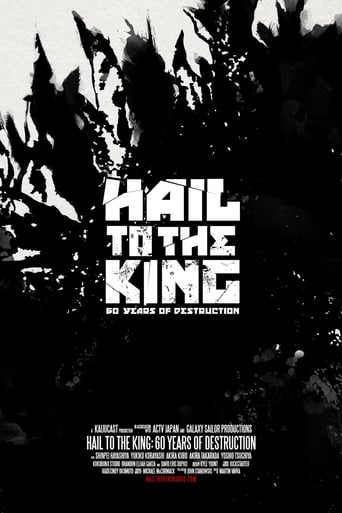
11 Jul 2015

An independent crowd-funded documentary that celebrates the sixty-year legacy of the world's greatest monster, Godzilla. Filmed on location in Tokyo to document kaiju-related events, locations and to interview cast, crew and fans of the Godzilla series about their passion and experiences with the King of the Monsters.
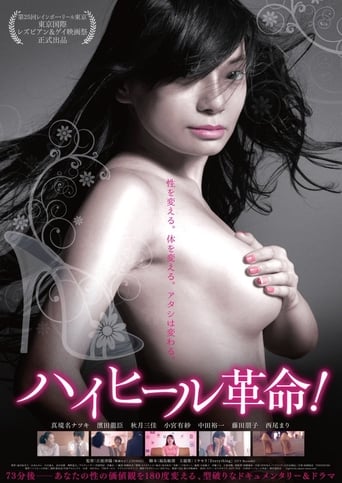
17 Sep 2016

From a young age, Natsuki knew she was a girl despite her sex assigned at birth. Against the backdrop of conservative Japanese society, this poignant docudrama tells her remarkable story of gender transition. Reflecting on her high school years, Natsuki interviews the supportive friends and family who supported her choices – and also confronts the people those who oppressed her freedom. Tracing Natsumi’s story to the present, this compelling portrait of gender identity in contemporary Japan offers insights of a layered experience in a complex society.